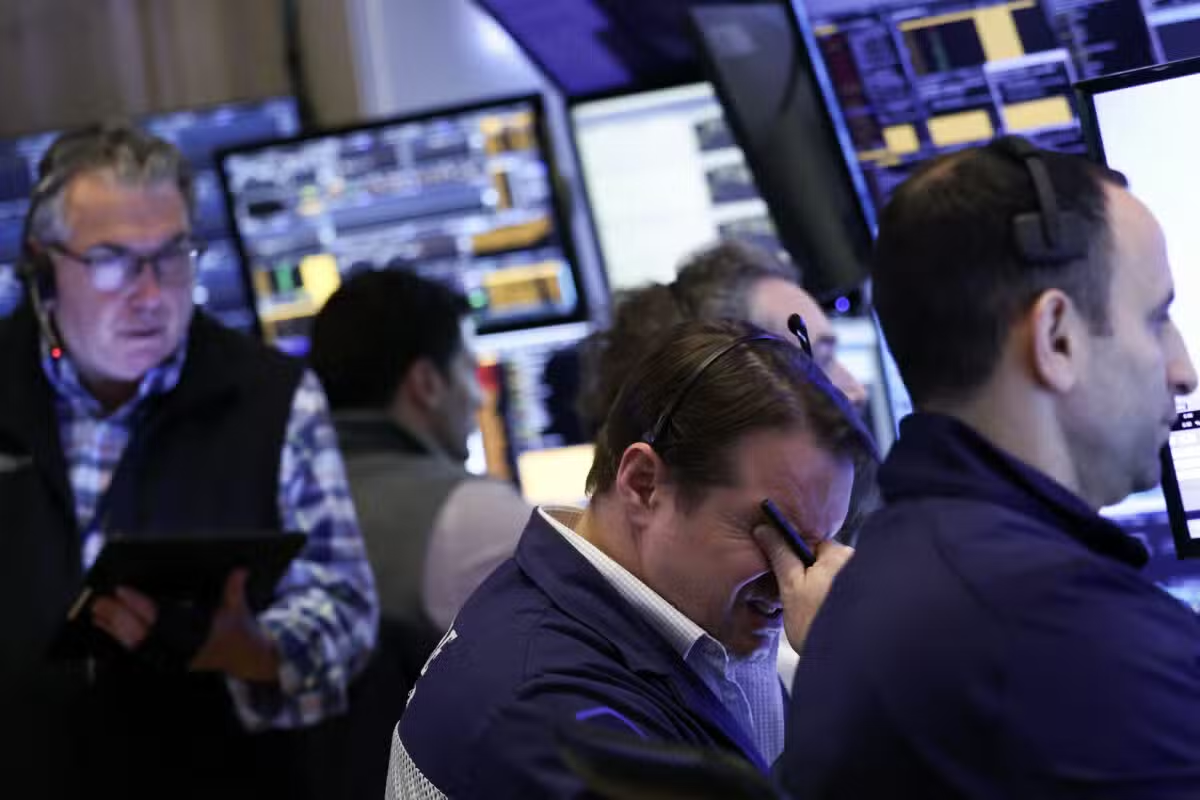Recently, the tension between the United States and China escalated further when the Chinese government unveiled a new set of retaliatory measures against the U.S. This move has incited a stern response from President Trump, who accused China of making a significant strategic error with their latest action, underscoring his statement with capitalized emphasis that China “PLAYED IT WRONG.”
The announcement from Beijing came as a reactionary step in the ongoing tit-for-tat dispute between the two largest global economies, which has been marked by tariffs, bans, and harsh rhetoric. China’s new measures, which have not been fully detailed to the public, are believed to include tariffs on certain U.S. goods, restrictions on American companies, and possible sanctions against U.S. officials. These actions are apparently in direct response to recent U.S. policies that China views as intrusive and detrimental to its sovereignty and economic interests.
President Trump’s blunt response on social media following Beijing’s announcement indicates a severe disdain for China’s tactics, which he perceives as miscalculated. The President tweeted, “China should have never put new measures against U.S. They PLAYED IT WRONG. It will cost them dearly!” This proclamation not only conveys his frustration but also signals potential further escalations in U.S. responses.
The implications of China’s retaliatory stance and President Trump’s subsequent reactions are profound, signaling a further deterioration in U.S.-China relations. Economists and political analysts warn that this continued tit-for-tat strategy could exacerbate the situation, leading to a more pronounced economic fallout for both countries and possibly globally. The intensifying trade war, initiated over accusations of unfair trade practices and intellectual property theft, has already begun to impact global markets, shaking investor confidence and leading to increased volatility.
Efforts to resolve the conflicts through dialogue seemed promising months ago with negotiations and talks, but have since faltered, with both nations holding their ground. The U.S. argues that its actions, such as increased tariffs and restrictions on Chinese tech firms, are necessary to counterbalance what it sees as unfair economic practices and threats to its national security. On the other hand, China claims it is a victim of containment tactics that the U.S. uses to hinder its economic and technological advancement.
This complex scenario is stirring a global concern among allies and trade partners, who fear the repercussions that a full-scale trade war between the United States and China could entail. Countries dependent on these economies fear collateral damage that could lead to a domino effect, impacting global supply chains and economic stability worldwide.
As economists project a gloomy outlook should there be no resolution, there are calls from the international community for both powers to reconsider their strategies and seek compromise. The importance of finding a peaceful and effective solution to these economic conflicts cannot be overstated, as the potential global economic setbacks could be significant.
Meanwhile, global leaders, policy-makers, and international organizations are closely monitoring the situation, ready to intervene should the need arise to prevent any adverse outcomes on a global scale. The hope is for a return to the negotiation table, where both sides can agree on terms that foster fair trade practices, respect for sovereignty, and economic cooperation that benefits not just the U.S and China, but the global community as a whole.










